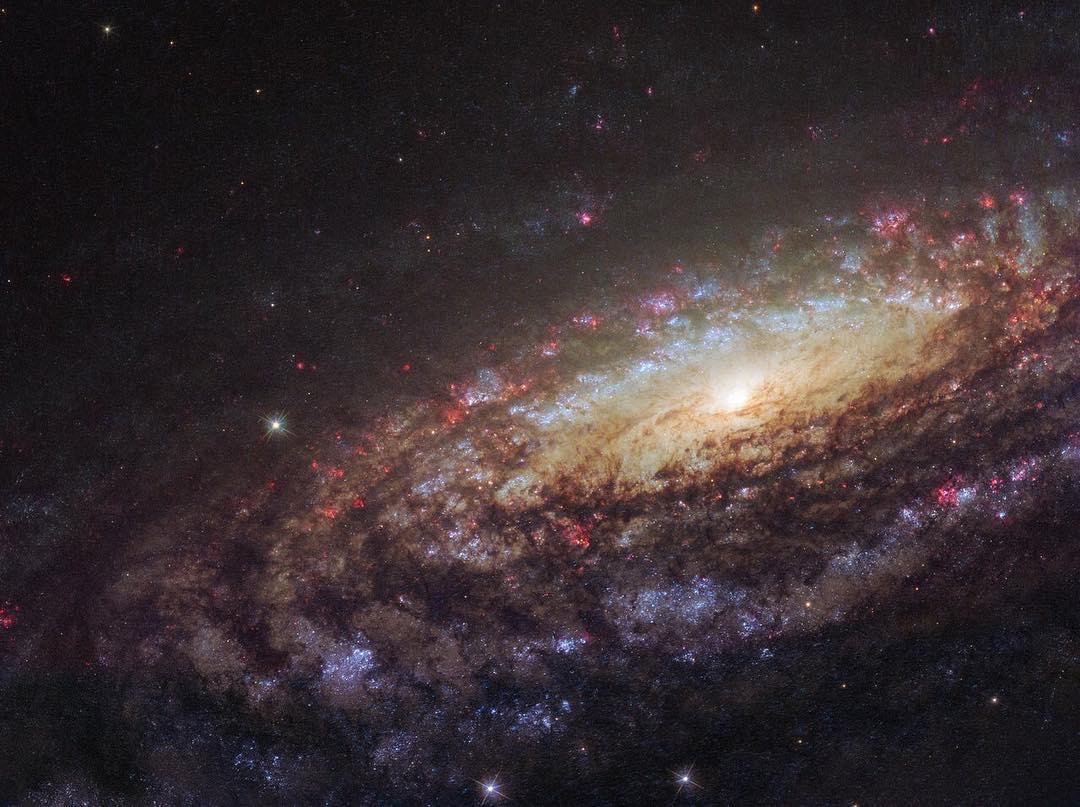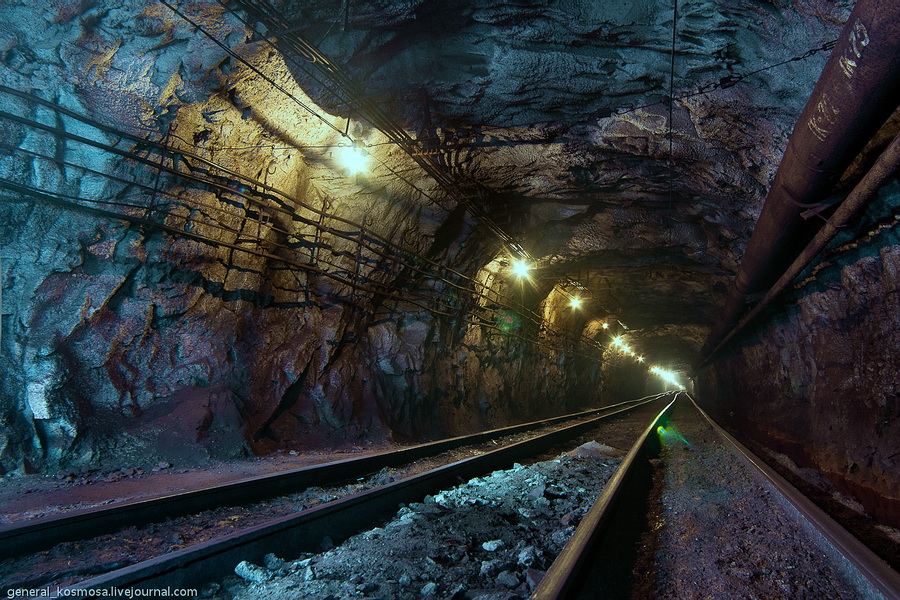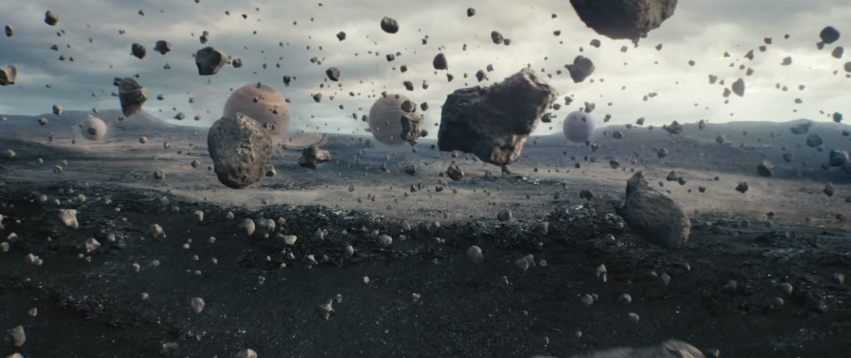Instagravity: політати над Сонцем і крізь галактики
Instagravity: політати над Сонцем і крізь галактики
Віртуальні тури між зірками від центру космічних польотів NASA
[ads-pc-2]
Inspired збирає Instagram-профілі, за якими варто стежити
В Міжнародний день польоту людини у космос і День працівників ракетно-космічної галузі України пропонуємо подивитися відео з інстаграму центру космічних польотів імені Ґоддарда. Це велика дослідницька лабораторія NASA, що була заснована в 1959 році. В цьому Instagram-профілі можна знайти інформацію про проекти NASA та переглянути відео і фото з космосу.








0 Коментарів